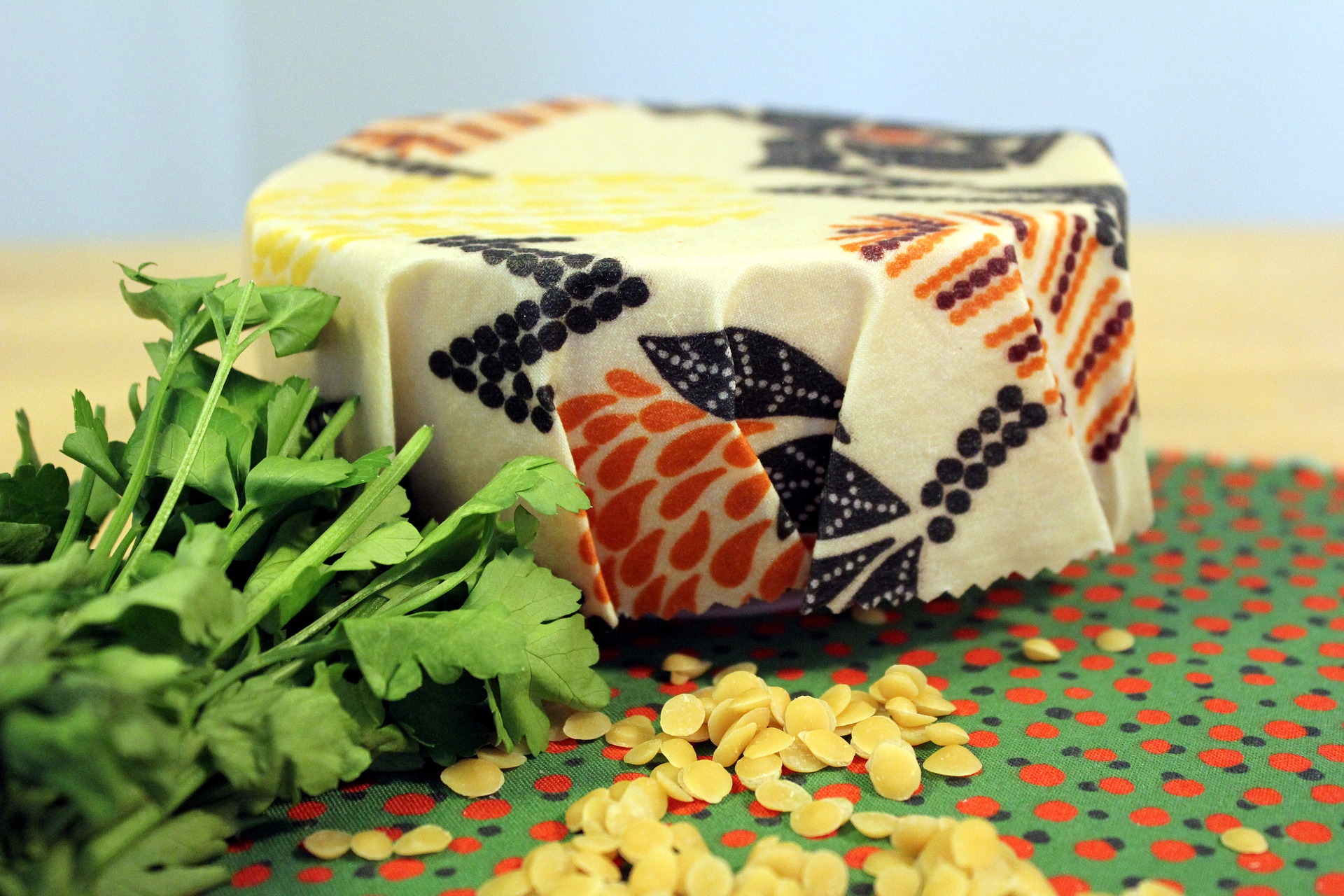

Reusable products, especially kitchen items, are often touted as a way to slash the use of items that are going to wallow for hundreds of years in a landfill after only being used once or twice. The market now sees an abundance of biodegradable or reusable utensils, cloth bags, straws, and more. There are also tons of listicles detailing guilt-free and aesthetically pleasing items readers can purchase in hopes of swapping out single-use plastic in their everyday life.
But no two reusable items are created the same, and no two reusable kitchen items are maintained the same way. Researchers at the University of Michigan compared the lifetime environmental impacts of widely used kitchenware products. They looked at both single-use plastics and their reusable counterparts—including drinking straws, sandwich bags and wraps, coffee cups, and forks.
The researchers calculated the payback for each item to understand how many times one product is reused before beating out the environmental impacts per each use of the same single-use product. They found that some of the supposedly eco-friendly products never broke even, oftentimes due to the water and energy needed every time an item is washed. The findings were published in the International Journal of Life Cycle Assessment earlier this month.
According to the findings, certain classic reusable household items like bamboo drinking straws, beeswax wrap, and silicone bags never reached the break-even point because those items were found to use up significant water and energy, much like their disposable counterparts. For example, the sandwich wraps need to be washed by hand after every use —outweighing its reusability.
[Related: Can zero-waste stores be affordable for everyone?]
“Don’t always assume that reusable is the best option,” said Shelie Miller, an environmental engineer at U-M’s Center for Sustainable Systems and the study’s senior author, says. “Our study showed that some reusable alternatives never break even because it takes more energy, and generates more greenhouse gas emissions, to wash them than it takes to make the single-use plastic item.”
However, researchers found the other tested items—including coffee mugs and all three reusable fork alternatives including bamboo, reusable plastic, and metal—broke even in terms of energy use, water consumption, and global warming potential. These indicators account for washing items with water after use, which means there is hope for some eco-friendly swaps for straws, forks, and sandwich bags. Still, the researchers want consumers to avoid thinking that every single reusable product is worth the hype.
To make sure your reusables are truly sustainable, the authors suggest reducing your consumption of them as well. That means if you buy that reusable coffee cup or metal straw, really commit to using just that one. And when it comes to cleaning up, consider a quick rinse instead of a full soapy scrub between uses, Miller adds.
“Reusable alternatives can payback the environmental impacts of GWP, water consumption, and energy use associated with their more resource intensive materials, but it is dependent on [the] number of uses, consumer behavior, and … carbon intensity of the energy grid,” researchers wrote in the study’s summary. “A key takeaway is that consumer behavior and use patterns influence the ultimate environmental impact of reusable kitchenware products.”
